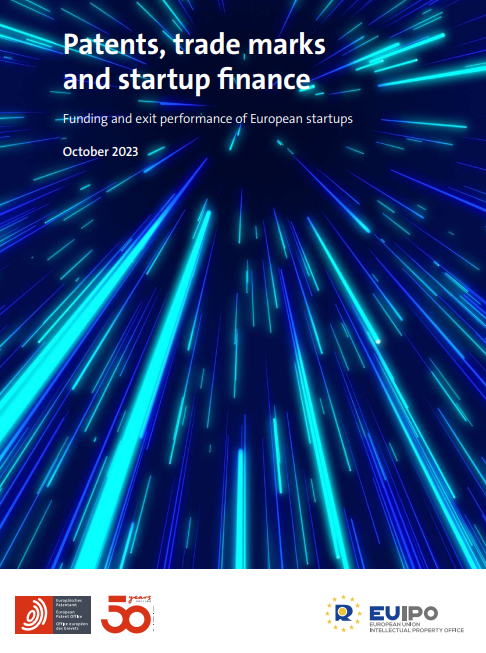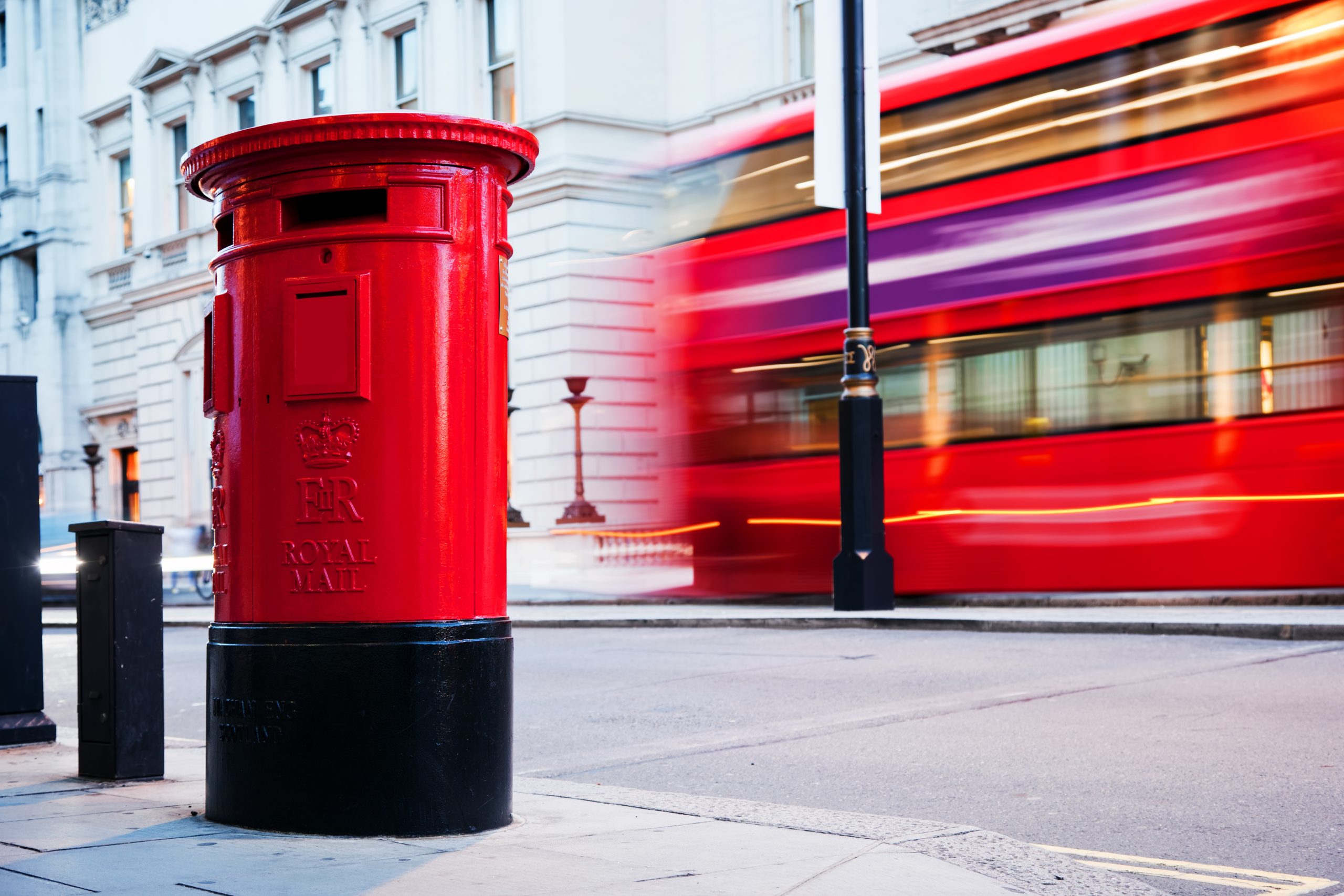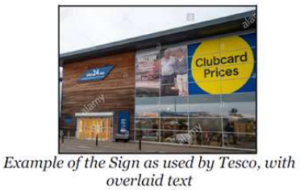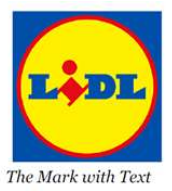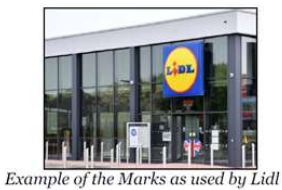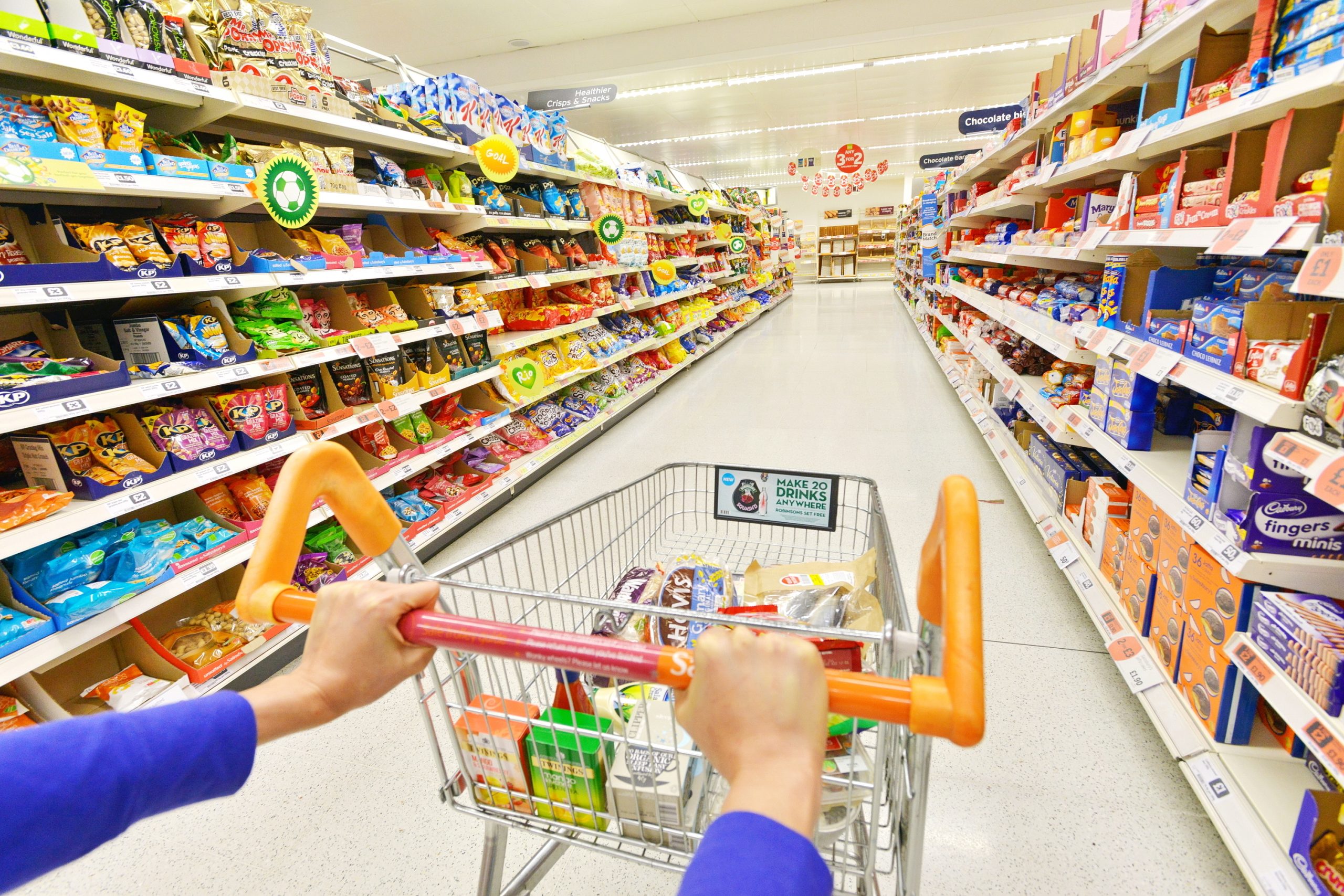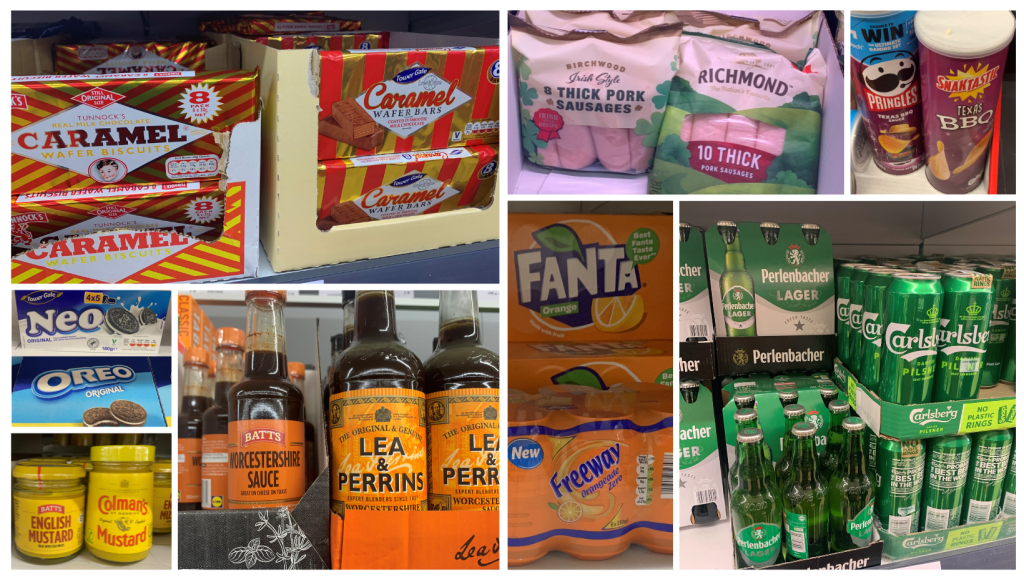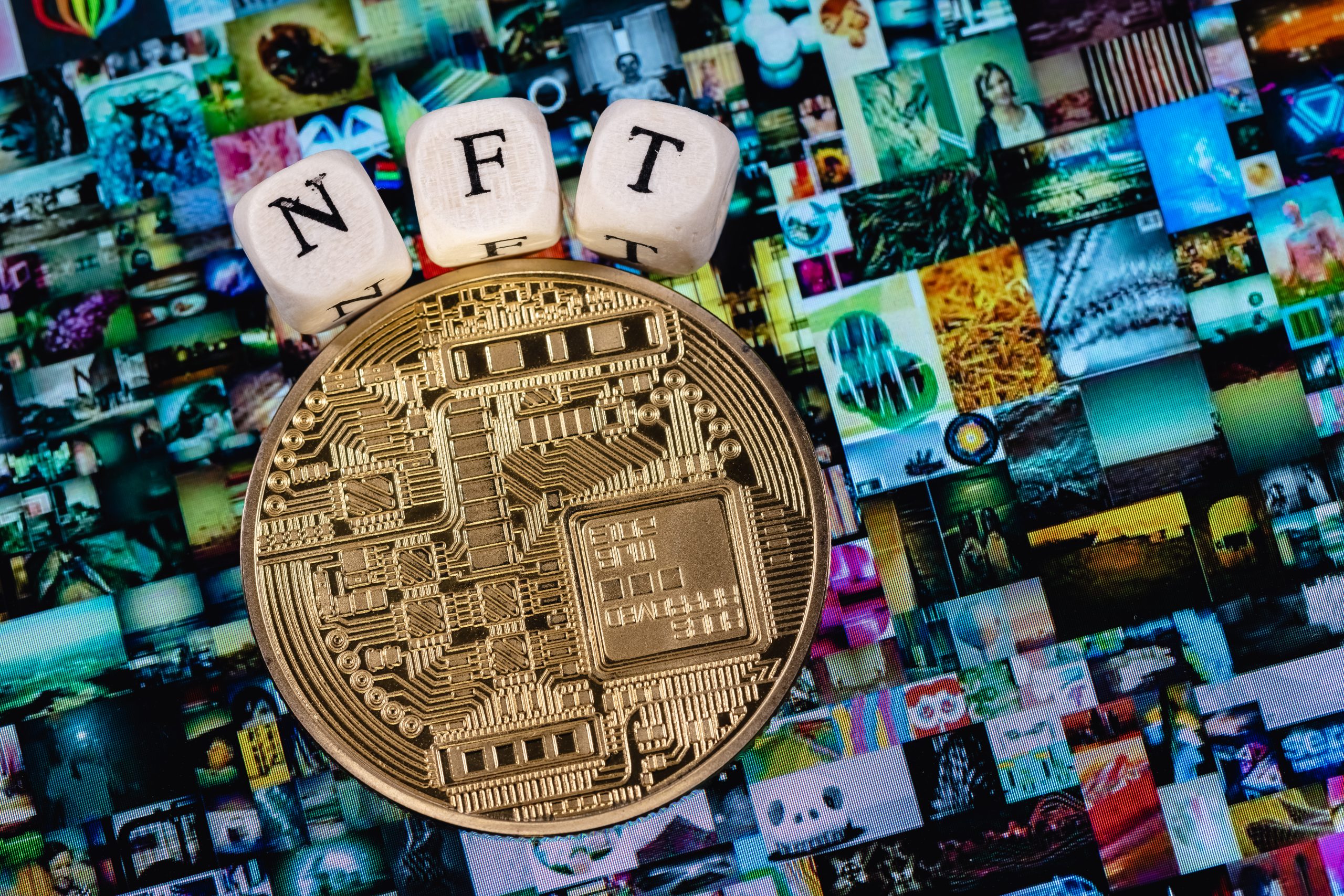As the Christmas season sparkles with festive lights, the Christmas jumper takes centre stage on 7th December – Save the Children’s ‘Christmas Jumper Day’. Beyond the (often naff) designs and cozy knits, there’s a fascinating intersection between creativity and the law. We take a look at how copyright and trade marks play a crucial role in the designs of these jolly jumpers.
Copyright in Christmas Jumpers
Christmas jumpers are more than just seasonal fashion; they are canvases for creativity. Patterns, illustrations, and whimsical slogans are all expressions of artistic ingenuity, and are protected by copyright. This protection, however, doesn’t cover how the jumper is made but rather focuses on preserving the original and expressive elements that make the festive design special.
For creators, understanding the boundaries of copyright is important, and ensuring that your Christmas jumper design is original is essential – using someone else’s work on your jumper isn’t just lacking in Christmas spirit, it infringes that person’s copyright.
Trade Marks and Christmas Jumpers
Moving on from the traditional designs, in the realm of Christmas jumpers, trademarks now play a role beyond merely identifying the retailer that you buy the jumper from. Last year saw the launch of the Primark x Greggs Christmas jumper, replete with the Greggs logo and their iconic sausage rolls. This year, Primark has a Christmas jumper collaboration with Subway (the sandwich people) and, of course, the 2023 Christmas jumper scene wouldn’t be complete without a pink one from Barbie (in both Adult and mini-me sizing!).
Trademark protection isn’t limited to brand logos though. It can also extend to the distinctive look and feel of a Christmas jumper line, provided it has become synonymous with a specific brand. This legal safeguard not only preserves market share but also adds an extra layer of protection to a brand’s identity in the ever-evolving landscape of festive fashion.
So what is Christmas Jumper Day?
Christmas Jumper Day is an annual event by Save the Children, which raises funds for children in need. Launched in 2012, it has now become a Christmas tradition. Each December, countless individuals don their most festive sweaters, donate £2 to Save the Children, and contribute to creating a brighter future for children in the UK and worldwide.
Last year it raised a staggering £5 million, which included £2 million in matched funding from the UK government. Over 2 million school children and 24,000 workplaces took place, wearing their Christmas jumpers and raising money. This collective effort has made a significant impact on improving the lives of children. You can sign up here.
Merry Christmas, one and all!
As we eagerly anticipate the arrival of Christmas, the story behind Christmas jumpers unveils a captivating narrative of IP protection, fun and fundraising. Copyright and trademarks not only preserve the creative spirit behind each jumper but also contribute to a rich and diverse market. Beyond the legalities, they serve as guardians of the magic woven into every festive stitch, reminding us that the joy of the season is not just in the garments we wear but also in the creative minds that bring them to life, and the lives we can improve by wearing one.
Navigating the complexities of IP is not just for Christmas so if you need trademark or patent advice, get in touch here to speak with one of our experienced attorneys.


